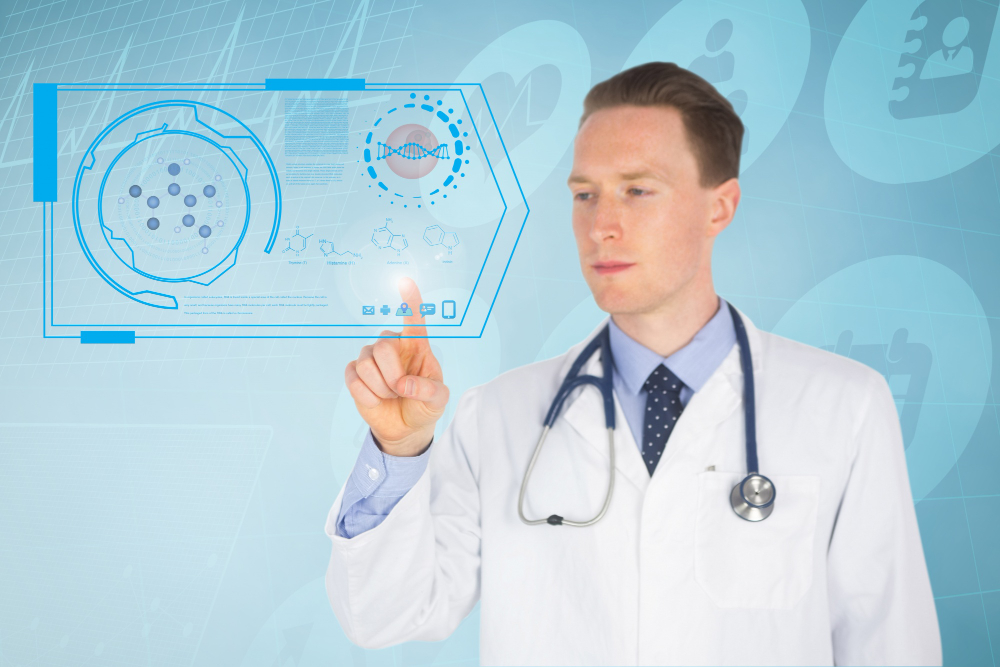In the good old days, the Human Resources department was armed with nothing but a pen, paper, and a hefty filing cabinet. Well, times have changed. With the evolution of technology, HR has transitioned from the physical to the digital world, making it easier to manage an overwhelming amount of employee data.
But there’s a catch. Many HR software options can indeed handle basic employee information with flair. However, they often fall short when it comes to managing medical records and incidents. It’s akin to trying to fit a square peg in a round hole; it just doesn’t work perfectly.
In this post, we’ll dive deep and discover why there’s a compelling case for managing employee medical records beyond traditional HR software. Let’s begin, shall we?
The Complexity of Medical Records
Medical records are kind of like that intricate puzzle you attempted during a family vacation: detailed, multifaceted, and requiring a lot of attention. Unlike the basic “Name, Date of Birth, and Address” in your traditional HR software, medical records throw in a curveball with histories, diagnoses, and so much more.
Let’s paint a picture: Imagine Sarah from Marketing gets a new allergy or undergoes a small procedure. With traditional HR systems, Sarah’s update could easily get overshadowed by routine data. We don’t want poor Sarah to miss out on those special non-gluten treats at the next office party, do we?
Moreover, there’s the BIG word: confidentiality. A slip-up in handling sensitive health data is like accidentally revealing the ending of the latest blockbuster series to a friend, except with legal repercussions. Dedicated medical record systems come with an invisibility cloak (think Harry Potter) to ensure such data remains unseen by prying eyes.
Legal Compliance and Liability
Navigating the world of legal compliance regarding medical records feels a bit like playing hopscotch in a maze. It’s a tricky game. Various locations, be it countries or states, have their rulebook about how these records should be handled. It’s not just about what you store, but how you store and share it.
Using a one-size-fits-all software, like many traditional HR platforms, is like using a spoon to eat spaghetti. It might work, but it’s messy, and there’s a high chance you’ll miss out on the best bits. If the sauce of non-compliance splatters on your shirt, the stains (or legal repercussions) can be long-lasting and tough to remove.
And here’s a fact: Mishandling medical records doesn’t just upset employees. It sends out open invitations to legal sharks ready to jump on any mishap. Dedicated systems, on the other hand, are like your life jackets in this sea, ensuring you sail smoothly without unwanted attention. For more details visit us at https://www.safequal.net/.
Specialized Reporting Needs
Let’s set the scene. An unfortunate incident occurs in the workplace. John from Accounts trips over a misplaced wire. Now, instead of just making a footnote in John’s profile, you’ll need a complete incident report. Why? To ensure John’s future safety and to spot any trends.
Standard HR software might let you note the incident, but will it allow you to track how many times similar incidents occurred? Can it highlight potential hazards like “most tripped over items” or “common injury zones”? It’s like having a detective novel without a thrilling investigation.
But with systems designed for medical records and incidents, it’s a different story. They’re like the superheroes of the software world, diving deep, spotting patterns, and ensuring that no detail, however small, goes unnoticed. With them, John’s safety, and everyone else’s, is far better secured.
Streamlined Communication with Health Professionals
Imagine this: Your office holds a massive annual sports day. Fun, right? But amidst the cheering and team banners, Dave from IT pulls a muscle. Now, the company might need to connect directly with a healthcare provider for Dave’s assessment. If you’re fumbling through generic HR software, it’s a bit like trying to chat at a loud rock concert: communication isn’t easy or clear.
Enter specialized medical record systems. They’re like those nifty translator earbuds that let you understand any language. With all the health data neatly organized, communicating with healthcare professionals becomes as smooth as your favorite latte. Whether you’re sharing records, getting feedback, or seeking advice, everything is streamlined.
Moreover, these systems can often play nice with other healthcare platforms. Think of it as making new friends at a party. This compatibility ensures that Dave gets back on his feet faster, and the company knows precisely how to support his recovery.
Employee Empowerment and Engagement
Think of your employees as the protagonists in their epic movies. They want to be in the driver’s seat, especially when it comes to their health and well-being. Using generic HR systems to manage their medical records is a bit like watching a film in low resolution: it just doesn’t capture all the details.
By adopting a system dedicated to medical records, you’re essentially handing employees the remote control. They can fast-forward, rewind, pause, and play with their health data. Whether it’s Anna updating her new dietary needs or Mike sharing his fitness progress, they’re in control.
And here’s the blockbuster twist: When employees see that their organization invests in tools that prioritize their health, it’s like a standing ovation. The trust grows, the bond strengthens, and the overall narrative of the company as a caring employer shines bright.
Scalability and Flexibility
Remember that tiny plant you bought for your desk? Over time, with care and attention, it grew, needing a bigger pot and more space. Similarly, as businesses flourish, their data does too. Trusting a generic HR software to handle the burgeoning medical data is akin to expecting that tiny pot to support a full-grown fern. It’s going to get cramped.
Specialized systems, on the other hand, are like those magical expandable bags in fairy tales. They grow with your needs. Today you have 50 employees; tomorrow, it could be 500 or 5,000. These systems stretch and adapt, ensuring that every record, old or new, has its cozy corner.
Plus, the world of health and well-being is ever-evolving. New research emerges; regulations change. Systems dedicated to medical records are like chameleons: they adapt. They ensure that companies aren’t playing catch-up but are confidently leading the parade.
Conclusion
Navigating the world of employee medical records is no easy feat. It’s a journey filled with intricate details, legal hurdles, and genuine human concerns. While traditional HR software has its strengths, when it comes to the complex realm of health records and incidents, specialized systems shine. They offer the depth, security, and flexibility that HR software often lacks.
In this ever-evolving landscape, companies need to adapt, innovate, and ensure that they’re equipped with the best tools for the job. Because at the end of the day, an organization’s strength lies in the health and well-being of its employees.
Read More:





